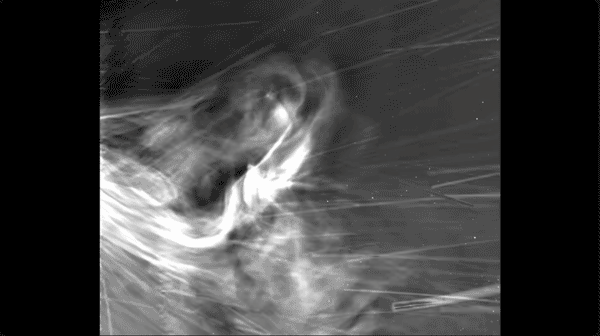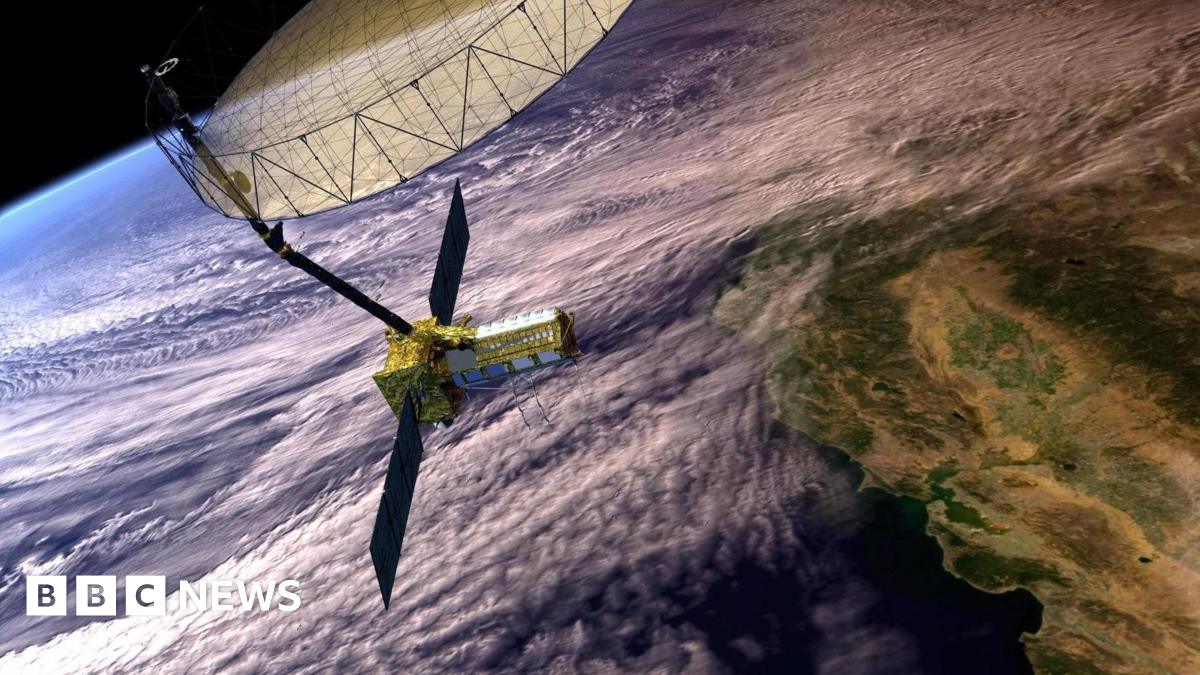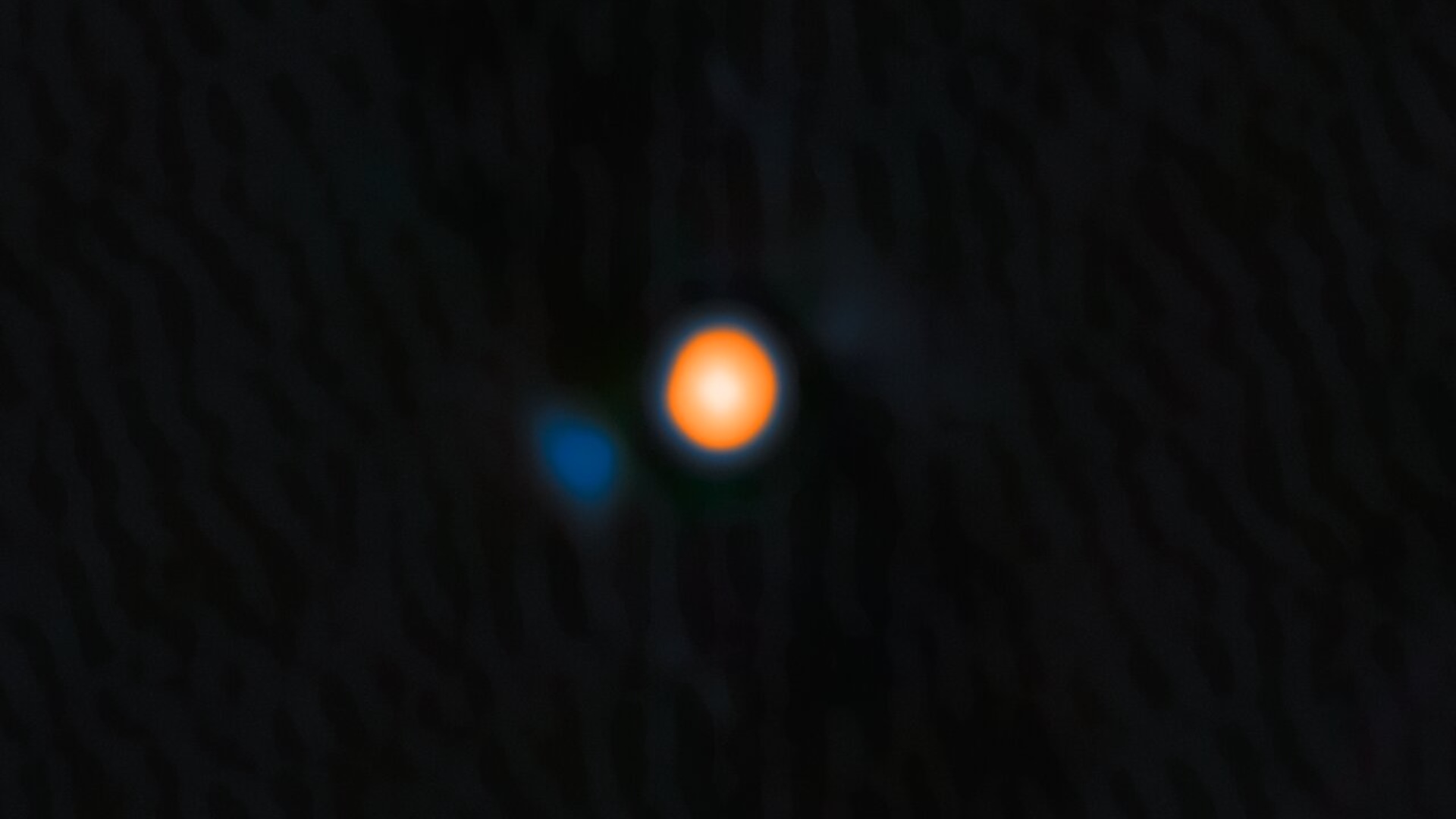T4K3.news
NASA shares groundbreaking video of the sun
Parker Solar Probe has sent back the closest-ever footage of the sun's corona.

NASA's Parker Solar Probe has sent back remarkable video footage of the sun's corona.
NASA's Parker Solar Probe captures stunning close-ups of the sun
NASA's Parker Solar Probe has made a groundbreaking achievement by passing through the sun's corona, which is about 3.8 million miles from its surface. This close encounter allowed the probe to capture the closest images and videos of the sun ever taken, showcasing the solar corona and solar winds. The onboard Wide-Field Imager (WISPR) collected stunning black-and-white footage of the corona, which reveals a dynamic environment filled with flying particles. Researchers believe this data will be crucial for understanding solar activity and improving astronaut safety, as well as enhancing the safety of satellites affected by solar storms.
Key Takeaways
"The data from the close fly-by could benefit earth-dwelling creatives as well as astronauts."
This highlights the broader implications of the probe's findings for various fields.
"Parker Solar Probe reveals that solar wind is anything but consistent on the sun."
This quote emphasizes the probe's findings on solar dynamics and magnetic fields.
"The solar winds captured could improve aurora predictions, which is hopeful for astrophotographers."
This points to potential advancements in understanding natural phenomena such as auroras.
The Parker Solar Probe's latest observations provide a significant leap in our understanding of solar activity. By studying the sun's corona up close, scientists can gain insights into solar winds and their impact on space weather. This knowledge not only aids in predicting space storms but also holds potential benefits for technological systems on Earth. Moreover, understanding the origins of auroras could enhance both scientific exploration and creative pursuits in astrophotography. As these advances unfold, they underline the importance of continuous exploration of our solar system.
Highlights
- NASA's Parker Solar Probe has made history with stunning views of the sun.
- Understanding solar winds could change how we predict auroras.
- This mission redefines our relationship with the sun.
- A remarkable leap in space exploration for safety on Earth.
Potential risks concerning solar phenomena
Understanding solar winds and solar storms can reveal risks to satellites and safety for astronauts during space missions.
The ongoing analysis will likely reveal even more discoveries about our sun's behavior.
Enjoyed this? Let your friends know!
Related News

NASA and India successfully launch NISAR satellite

Woman shares sunburn experience after long nap

Nisar satellite launch set to enhance Earth monitoring

NASA confirms micrometeorites shape the Moon's atmosphere
Astronomers discover early planet formation

Majorca hotel guests fight for sunbeds

Astronomers discover companion star of Betelgeuse

Researchers may have found first meteorites from Mercury
